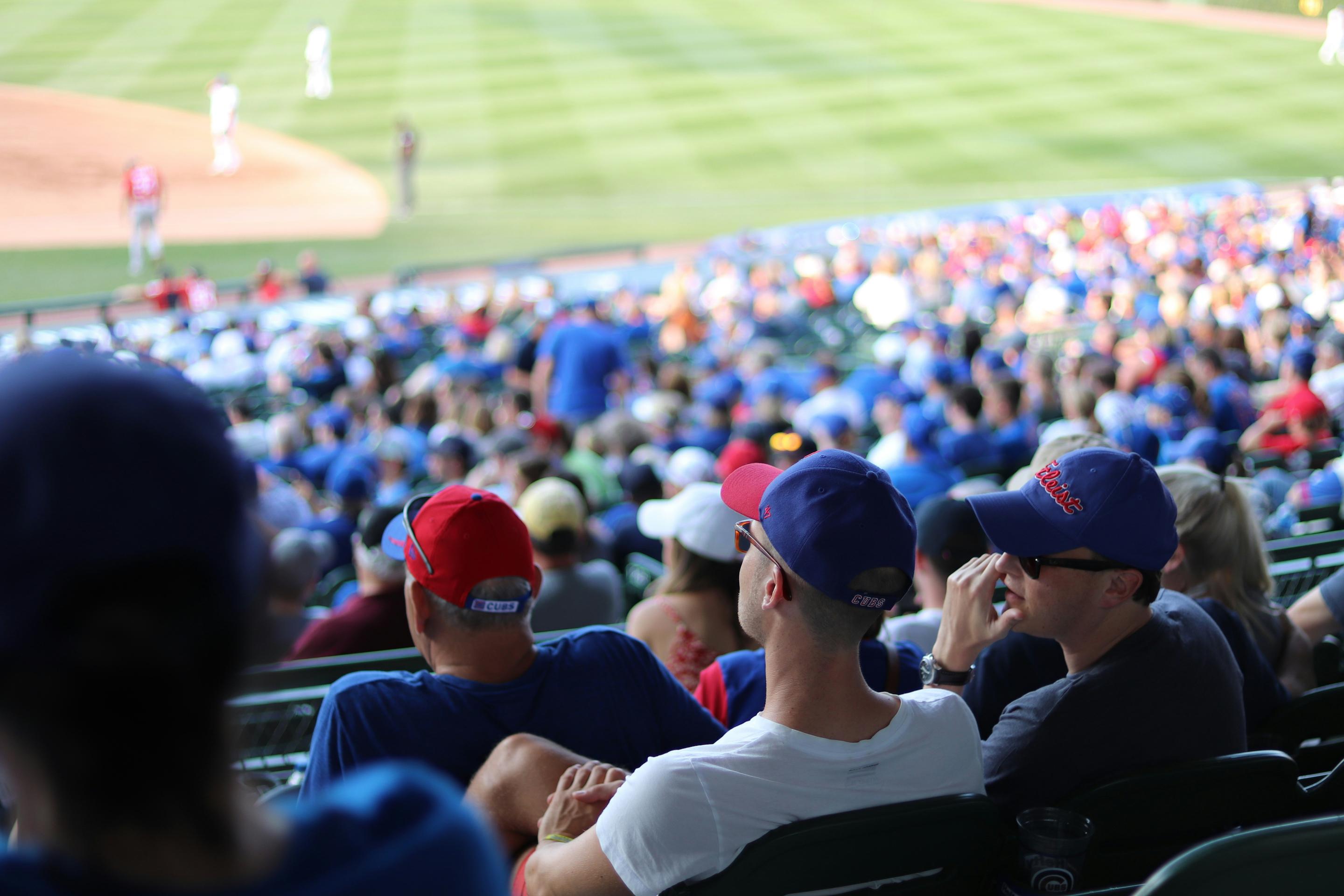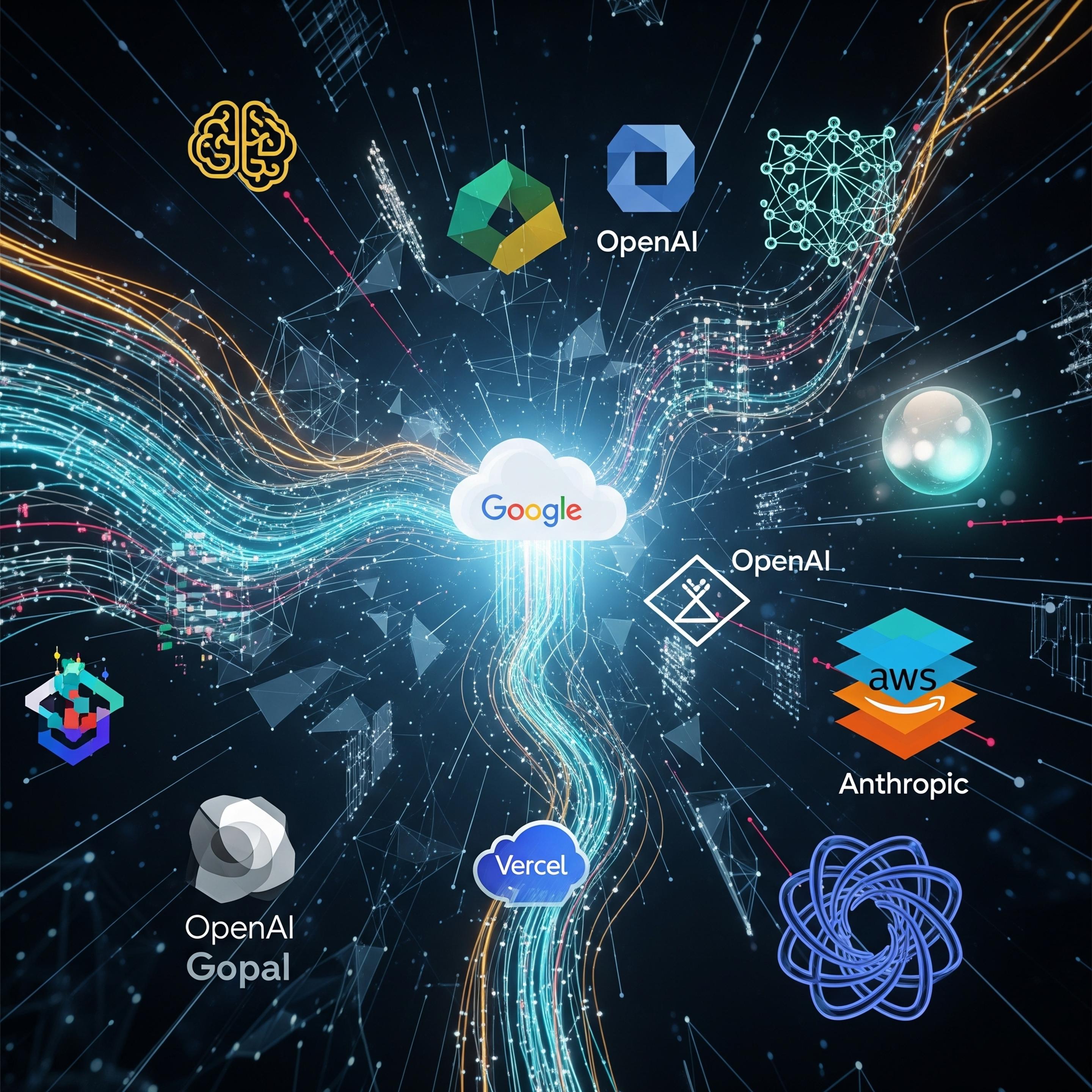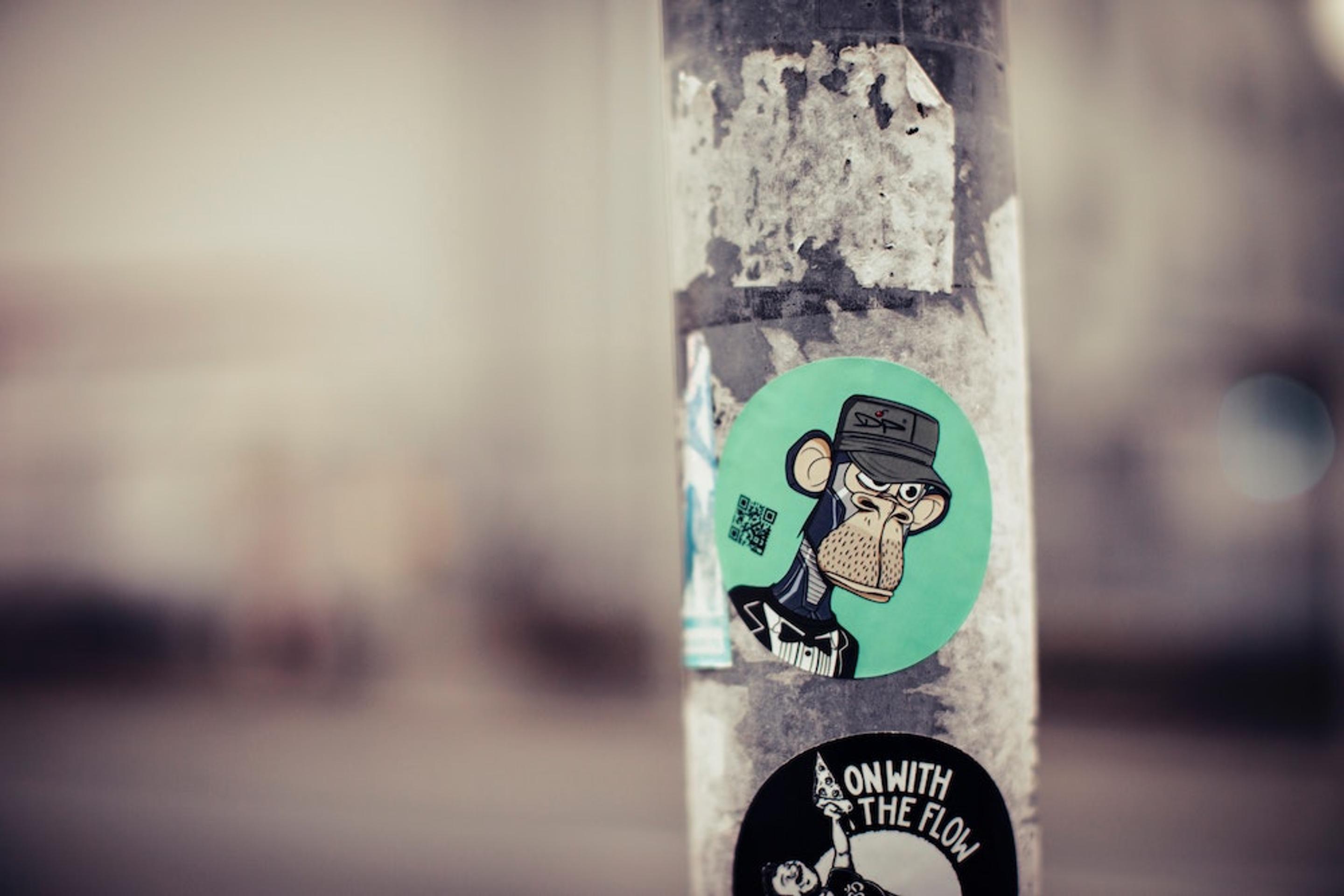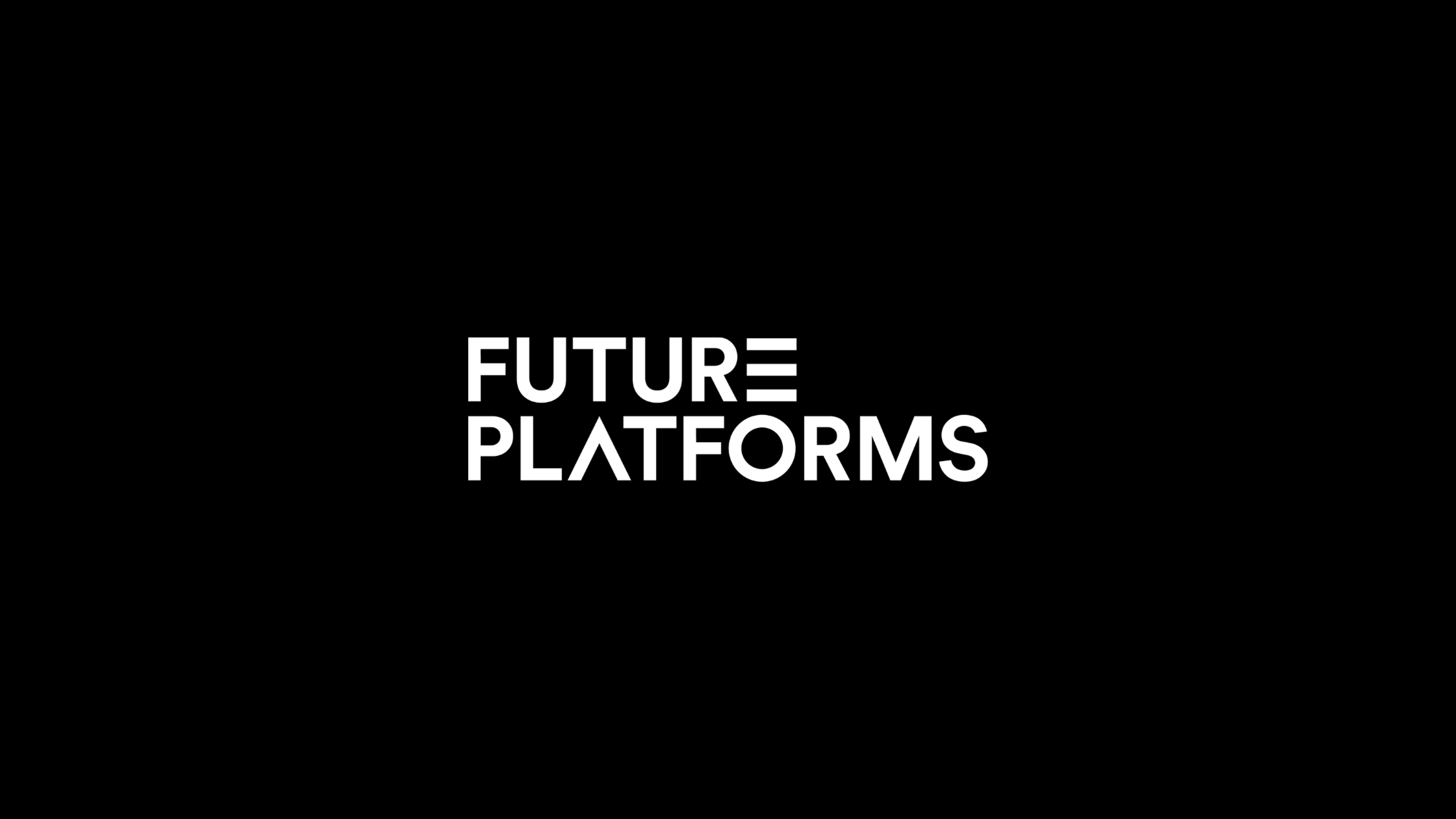How to Measure Customer Loyalty

How to measure customer loyalty
The customer loyalty crunch is here. Even though inflation has peaked, forecasts from the Bank of England suggest it'll remain above average levels until at least the end of 2025. Given this, customers are tightening their belts (as best they can) by scrutinising their expenses and trimming the fat.
With each brand keen to maintain (or even grow) its place in customers’ pockets, there are new pressures on business leaders to prove their product or service is worth the repeat purchase. That’s why, in this guide, we’re looking at how to measure customer loyalty to help you understand how your brand is resonating with consumers. Read on to learn more and discover scalable customer loyalty strategies that enable long-term growth.
How to measure customer loyalty in three steps
Step 1: Choose a “North Star” metric for your customer loyalty strategies
Exactly what constitutes ‘loyalty’ will depend on your industry, so it’s important to know what success looks like in future campaigns. There are a variety of standardised metrics available, like the Net Promoter Score (NPS), Customer Satisfaction (CSAT) Score or Customer Retention Rates (CRR).
The exact nature of each as well as how accurately it measures customer loyalty is up for debate and can get a little academic. For example, NPS measures how strongly customers are willing to recommend your business to others, while CSAT effectively determines customer happiness. Despite both being valid metrics, exactly how marketers can leverage them within loyalty schemes differs greatly.
What’s more important to know is that there are alternatives you can use. For instance, you could prioritise consumers with a high-than-normal lifetime value (CLV) by identifying customers making multiple or regular high-value purchases.
You could also segment customers by brand engagement levels, for instance, using open rates from email marketing data. Regardless, with the right metric(s), you’ll be able to understand exactly what customers are looking for and how to tap into those desires with the right offering.
How to measure customer loyalty in B2B contexts
Achieving customer loyalty in B2B contexts is somewhat easier, since procurement processes are typically longer, with more involved decision-making and customisation. This is because enterprise buyers often look to suppliers for long-term strategic support and will be hesitant (but not immune) to leave such hard-won relationships. However, measuring customer loyalty in B2B contexts is largely the same as above, so make sure to choose a metric that reflects your needs and mirrors wider industry practices.
Step 2: Experiment with different customer loyalty campaigns
Once you’ve chosen your main metric, it’s time to devise customer loyalty strategies to improve it. In terms of what to focus on, data from our Digital Loyalty Index shows that material benefits outweigh all others. That is to say, customers want cheaper prices and other types of members-only benefits over more gimmicky brand schemes, such as charity donations or early product access. (It is worth noting that the lattermost point isn’t strictly true within B2B contexts, so be sure to explore all your options.)
As a result, it can be helpful to adjust your prices to offer customers more value or reward regular habits. Equally, you could add more monetary value to your product or service by offering free delivery or other types of giveaways, like more numerous or higher-quality features within certain service tiers. For more ideas on what to do in your customer loyalty campaigns, read the full version on our website for free now: Future Platforms – Digital Loyalty Index.
Step 3: See how customers react in your customer loyalty analytics
The final step in any customer loyalty campaign is to refer back to your North Star metric to see how customers’ attitudes have changed. Customer loyalty campaigns can take anywhere from a few weeks to several months to generate results (since it takes time for contract renewals to arrive), so don’t worry if your customer loyalty analytics don’t show much improvement early on.
Rather, maintain a consistent customer loyalty campaign until you’ve gathered enough data to determine its effectiveness. Also, make sure to factor your loyalty data by customers’ demographics, region, campaign spend, and so on. Doing so will help you determine how unique customer segments react under the same or different circumstances and allow you to build more nuanced customer loyalty strategies over time.
Common pain points in customer loyalty campaigns
Falling at the first hurdle
Customers must have a reason to be loyal in the first place, so make sure your initial buying journey is simple and enjoyable before focusing on retention. Otherwise, you’ll ruin any chance of recovering your customer loyalty strategy since you’ll have nothing to build on and improve. Here, metrics like a high CSAT or LTV score will reflect a good customer loyalty strategy.
Ignoring your failures
By surveying customers who either have already left or are about to leave, you can gather crucial insights about where your existing customer loyalty campaigns are failing. This is because other customers may be feeling similar frustrations, so you can use insights to prevent further churn and turn the tide towards long-term loyalty instead. Here, useful North Star metrics include NPS or brand engagement levels.
Failing to ‘Check-in’
Similar to the previous point, improving your customer loyalty strategies is an ongoing process, especially for subscription-based businesses where customers can cancel their contracts at any time.
Given this, try to reach out to customers and gather feedback at regular intervals. Doing so allows you to act preventatively and use your remaining time to turn customer attitudes in your favour. Finally, metrics like CSAT or CRR are particularly useful here.
Refine your customer loyalty strategy with help from Future Platforms
Future Platforms is an award-winning digital product design and development agency. We’re experts at crafting digital products and services that delight customers and drive loyalty.To learn more about our services and solutions, get in touch today.





